Optimal Seasons for Foundation Repairs
Foundation repairs are most effectively conducted during specific times of the year when environmental conditions are optimal. Proper timing can ensure better curing, reduced complications, and longer-lasting results. Understanding seasonal variations and weather patterns is essential for scheduling foundation work.
Spring offers moderate temperatures and increased moisture, making it suitable for foundation repairs. Soil expansion during this season can highlight existing issues, prompting timely repairs.
Summer's dry and hot conditions can pose challenges such as rapid curing and soil contraction. However, early summer can be ideal if moisture levels are maintained.
Fall provides cooler temperatures and stable soil conditions. It is often considered one of the best times for foundation repairs due to reduced weather disruptions.
Winter presents cold temperatures and potential for frost, which can hinder repair work and affect the curing process. Repairs are generally postponed until conditions improve.
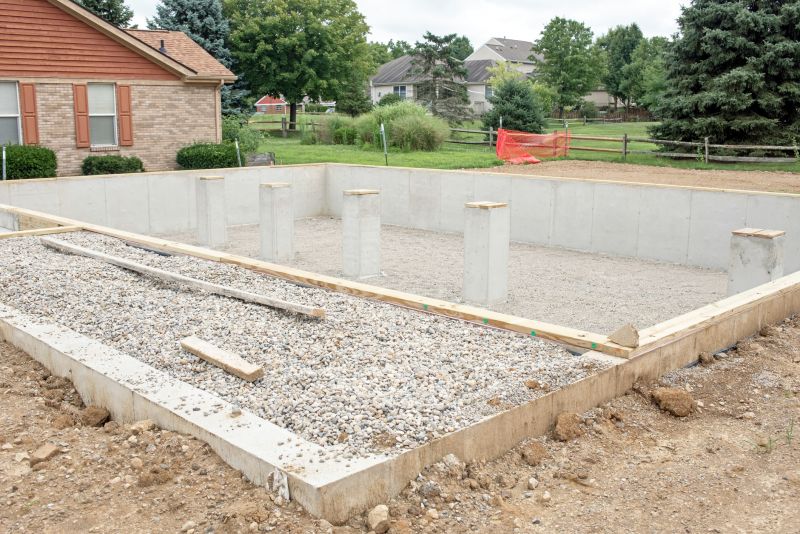
Springtime soil conditions support effective foundation stabilization.
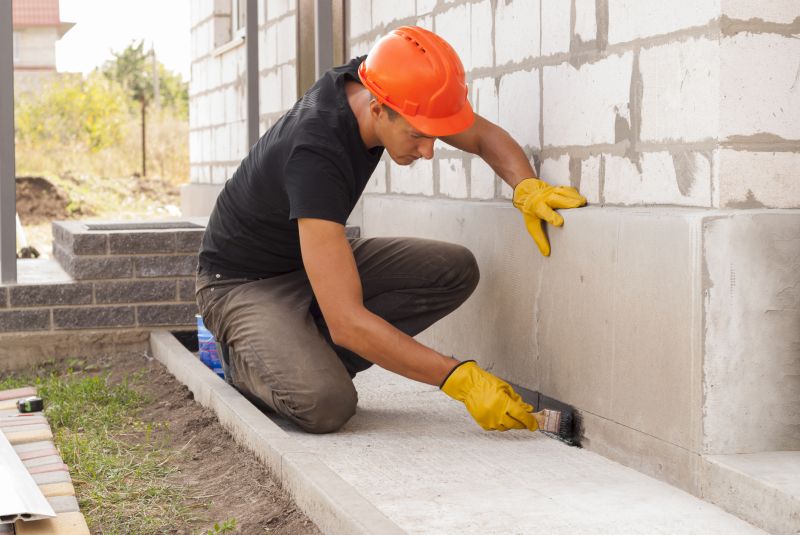
Summer requires careful planning due to heat and dryness.

Fall offers optimal weather for foundation stabilization projects.

Ways to make Foundation Repairs work in tight or awkward layouts.

Popular materials for Foundation Repairs and why they hold up over time.
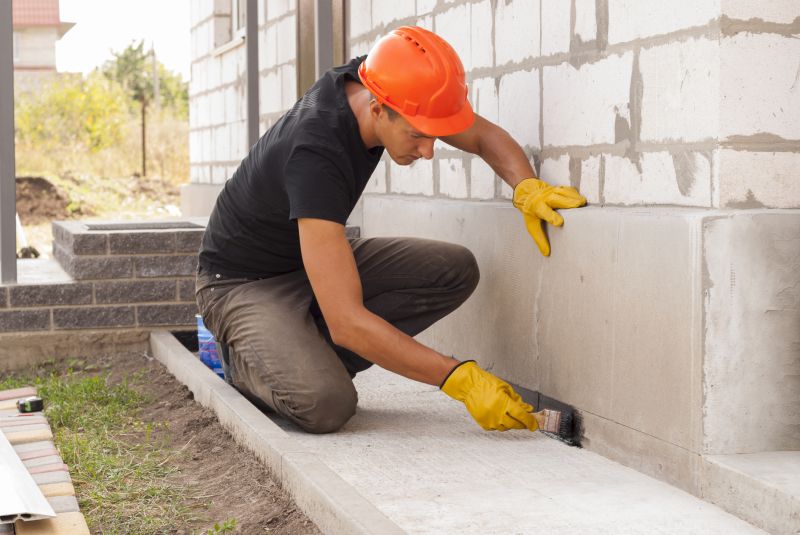
Simple add-ons that improve Foundation Repairs without blowing the budget.
| Season | Optimal Conditions |
|---|---|
| Spring | Moderate temperatures, increased moisture, soil expansion |
| Summer | Hot, dry conditions; early summer suitable with moisture management |
| Fall | Cool temperatures, stable soil, ideal for repairs |
| Winter | Cold, frost risk; repairs typically postponed |
Foundation repairs address issues such as settling, cracking, and shifting that can compromise the stability of a structure. These problems often stem from soil movement, moisture fluctuations, and environmental stresses. Timely repairs can prevent further damage, reduce long-term costs, and maintain property value. Statistics show that addressing foundation issues early can save homeowners significant expenses and prevent structural failure.
Properly scheduled foundation repairs can improve the longevity of a building. Factors such as soil type, climate conditions, and the severity of damage influence the best timing for repairs. Regular inspections can help identify issues before they escalate, ensuring repairs are conducted during the most suitable season.
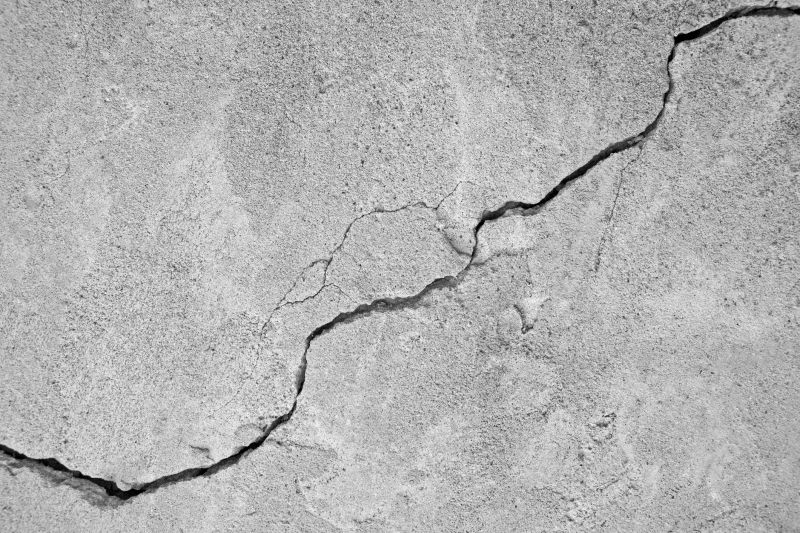
Addressing cracks early can prevent further structural issues.
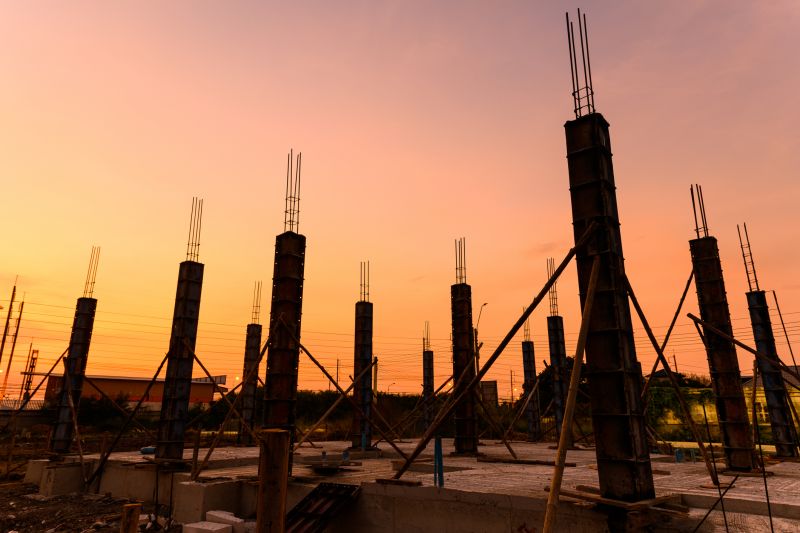
Stabilizing piers during optimal weather conditions enhances durability.
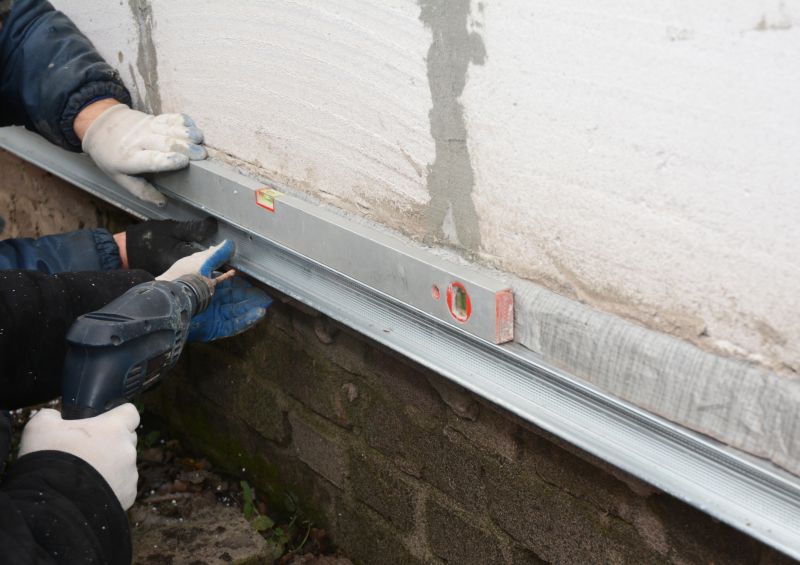
Soil treatment is often part of foundation repair strategies.
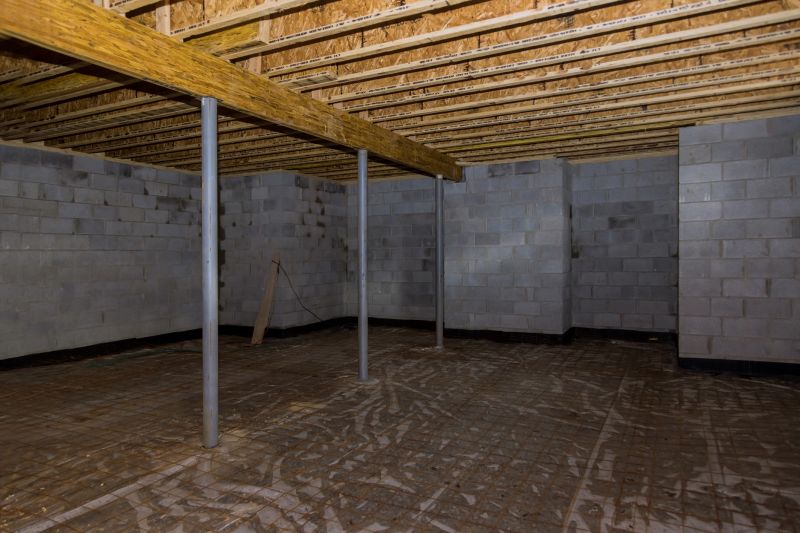
Reinforcing basement walls helps prevent leaks and bowing.
Interested property owners in Fort Thomas, KY, can consider scheduling foundation repairs during the fall or spring for optimal results. Proper timing ensures that repairs are effective and long-lasting, helping to maintain structural integrity and property value.

